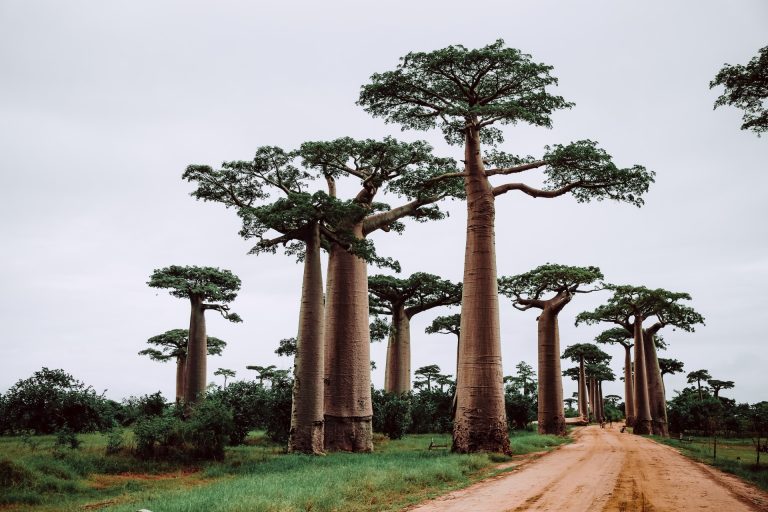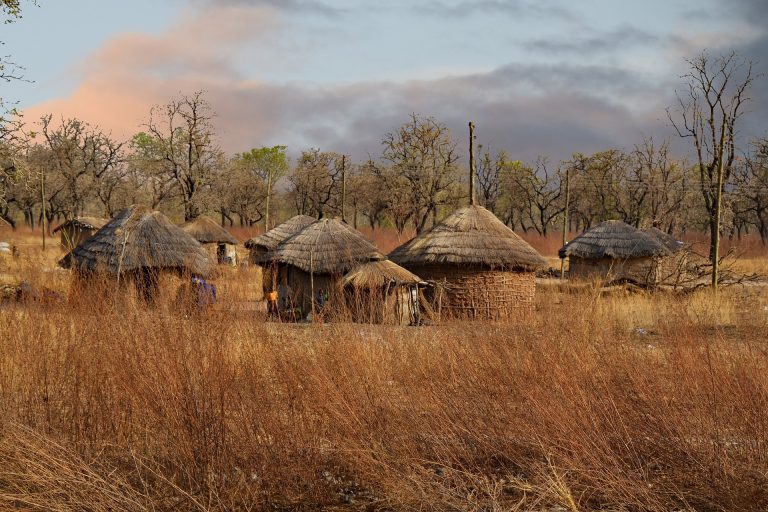Exploring CHAD: A Comprehensive Chad Travel Guide for Adventurers

Welcome to a remarkable journey through the hidden gems and vibrant culture of Chad. If you’re an adventurer seeking off-the-beaten-path experiences, you’re in for a treat. From the captivating landscapes to the rich tapestry of traditions, this comprehensive Chad travel guide will equip you with valuable insights to navigate Chad’s wonders. Whether you’re planning to explore ancient rock art, savor local cuisine, or venture into untamed national parks, this guide has you covered.
Fast Facts About Chad
- Climate: Chad experiences a desert climate, which means scorching hot days and cool nights. The dry season, from October to April, is the best time to visit due to milder temperatures.
- Local Currency: The official currency in Chad is the Central African CFA franc (XAF). It’s advisable to have some local currency on hand for small purchases, but credit cards are widely accepted in major cities.
- Power Voltage: The power voltage in Chad is 220V, and the standard plug types are the European-style two-pin plugs. Remember to bring a suitable adapter for your devices.
- Language: French and Arabic are the official languages. While you can get by with English in urban areas, learning a few basic phrases in French or Arabic can go a long way in rural regions.
- Religion: Islam is the dominant religion in Chad. It’s important to respect local customs and traditions, especially during prayer times and in conservative areas.
- Safety: Chad has certain security challenges, particularly in border regions. Stay updated on travel advisories and follow local guidance. In urban centers, crime rates are generally low, but it’s always wise to take basic precautions.
- Cultural Etiquette: Chad has a rich cultural tapestry. When interacting with locals, a courteous greeting is appreciated. Ask for permission before taking photos, especially of people.
- Tipping: Tipping isn’t mandatory, but it’s a nice gesture to tip around 10% in restaurants and leave a small amount for hotel staff. Bargaining is common in markets.
Best Time to Visit Chad: Seasons and Festivals
- Dry Season (October – April): This is the prime time to explore Chad. The weather is more temperate, and road conditions are better for travel. You can enjoy outdoor activities without battling extreme heat.
- Rainy Season (May – September): While not ideal for travel due to heavy rains and muddy roads, this season brings lush landscapes. It’s a unique sight, but plan carefully if you’re considering a visit during these months.
- Festivals: Chad’s vibrant festivals offer a glimpse into local culture. The “Sao Festival” in February showcases traditional dances, and the “Aid el-Fitr” marks the end of Ramadan with feasting and celebrations. The “Chad National Day” on August 11th is a patriotic event you wouldn’t want to miss.
Top Attractions and Things to See and Do in Chad
- Zakouma National Park: Embark on an unforgettable safari adventure in this park, home to diverse wildlife like elephants, lions, and giraffes. The lush floodplains and picturesque landscapes make it a haven for nature enthusiasts and photographers.
- Ennedi Plateau: Prepare to be awestruck by the stunning rock formations and ancient rock art. This UNESCO World Heritage site offers a glimpse into Chad’s rich history and geological wonders.
- Lake Chad: Discover the beauty of one of Africa’s largest lakes. Take a boat ride, witness local fishermen at work, and enjoy the serene surroundings. The lake’s water levels vary, creating ever-changing landscapes.
- Guelta d’Archei: Immerse yourself in this desert oasis, a waterhole surrounded by dramatic cliffs. It’s a chance to spot crocodiles and witness a unique blend of nature’s forces in the arid landscape.
- Aouk National Park: Bird watchers and wildlife enthusiasts will be enthralled by the vast array of species in this park. It’s a birding paradise, with over 300 species recorded, including the stunning ostrich.
- N’Djamena: Chad’s capital offers a taste of urban life. Explore the vibrant markets, visit the Grand Mosque, and stroll along the Chari River. It’s a blend of modernity and tradition.
The Best Ways To Get Around Chad
- Domestic Flights: For covering long distances quickly, domestic flights are your best bet. Toumaï Air Tchad and other local carriers operate routes between major cities.
- 4×4 Vehicles: Due to rugged terrains, 4×4 vehicles are essential for exploring Chad’s remote areas. Renting a reliable vehicle with a driver is a popular choice for adventurers.
- Local Transport: Within cities, minibuses and taxis are common modes of transport. Negotiate fares before getting in and be prepared for a colorful local experience.
- Boat Rides: If you’re around Lake Chad or the Chari River, boat rides offer a unique perspective of the landscapes. Negotiate prices and schedules with local operators.
- Guided Tours: Opting for guided tours can simplify logistics and provide valuable insights into Chad’s culture and history. Local guides offer safety and a deeper understanding of the places you visit.
Accommodation Tips: Chad
- Hotels and Guesthouses: Chad offers a range of accommodation options, from budget guesthouses to upscale hotels. N’Djamena, the capital, has the widest variety. Look for places with reliable reviews and services that suit your needs.
- Booking in Advance: During peak tourist seasons, it’s wise to book your accommodation in advance to secure your preferred place to stay. This is especially important for popular destinations like Zakouma National Park.
- Camping: If you’re an adventurous traveler, camping can be a unique experience. Some national parks and remote areas allow camping, but always check regulations and safety measures.
Chad Travel Guide: Money-Saving Tips
- Local Eateries: Explore local eateries and street food stalls for authentic and affordable meals. Trying traditional Chadian dishes doesn’t have to break the bank.
- Bargain Wisely: Bargaining is common in markets. Politely haggle for souvenirs and handicrafts, but remember to be respectful of local customs and the seller’s livelihood.
- Public Transport: Opt for local buses and minibuses for short distances. They’re usually more economical than taxis and offer a chance to interact with locals.
- Shared Accommodation: Consider sharing accommodation costs with fellow travelers if you’re comfortable. Many hostels and guesthouses offer shared rooms.
Culinary Delights and Traditional Cuisine in Chad
- Millet-Based Dishes: Millet is a staple in Chadian cuisine. Try “Boule” (millet porridge) or “Salam” (millet cakes) served with various sauces.
- Chadian Stews: Sample flavorful stews like “Dama” (peanut stew) and “Boulgouri” (meat and wheat stew) to savor the rich flavors of the region.
- Grilled Meats: In local markets, you’ll find grilled meats like “Brochettes” (kebabs) often served with pita-like bread called “Achombo.”
- Fulbe Tea: Don’t miss out on the Chadian tea culture. “Fulbe tea” is a strong and sweet tea prepared with a mix of spices and flavors.
Souvenir Ideas: Bringing a Piece of Chad Home
- Traditional Crafts: Look for intricately woven baskets, pottery, and hand-carved wooden items. These unique crafts are not only beautiful but also carry cultural significance.
- Local Fabrics: Chadian textiles are vibrant and distinct. Purchase fabrics with traditional designs that can be turned into clothing or decorative pieces.
- Spices and Herbs: Bring home a taste of Chad by packing some locally sourced spices or herbs, like “Sudani” pepper, to add a unique flair to your cooking.
- Jewelry: Traditional Chadian jewelry, often made from beads, leather, and metals, makes for a meaningful and stylish souvenir.
Additionally, check out our articles about 2023 top travel destinations in the world, and the best holiday destinations in 2024.






